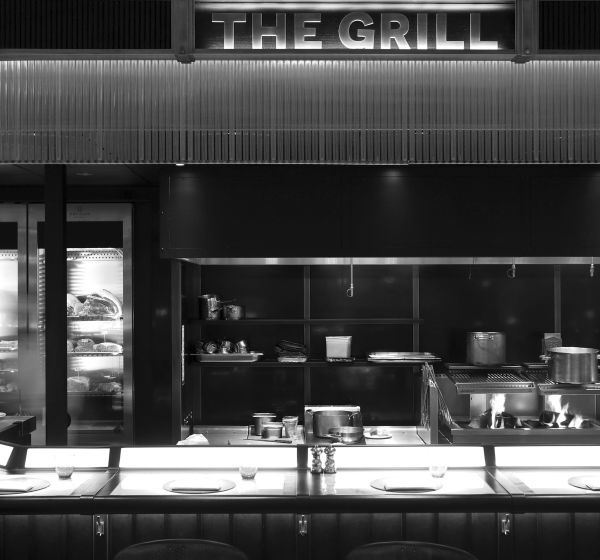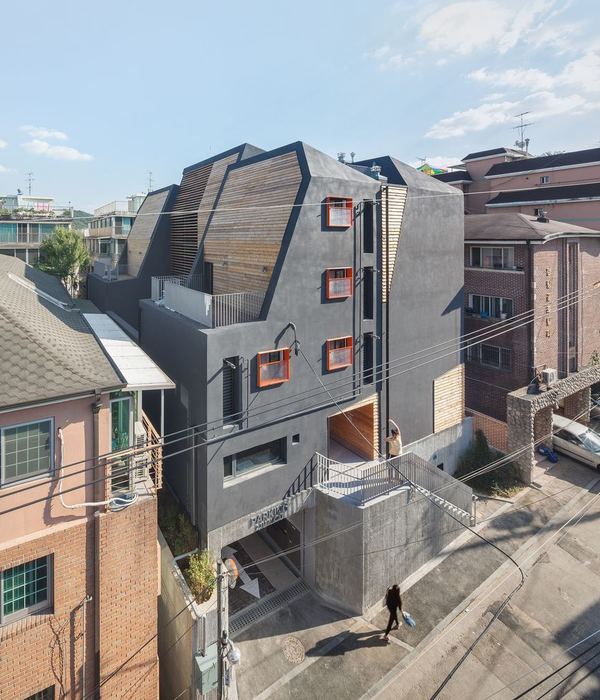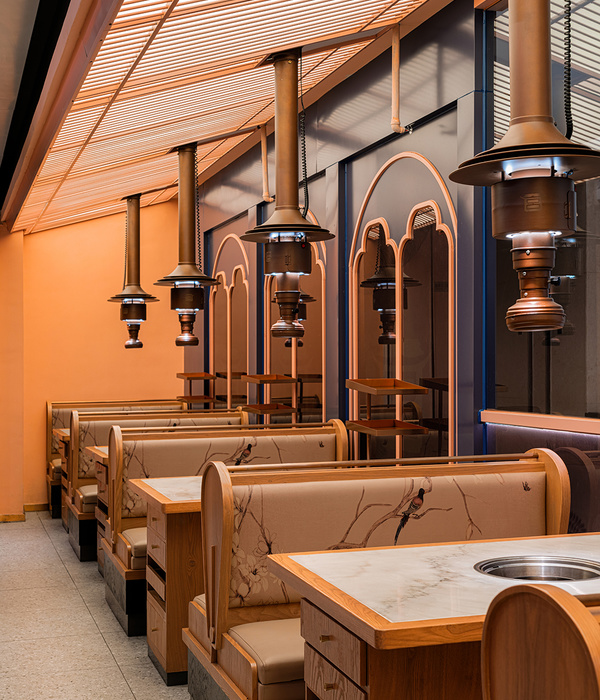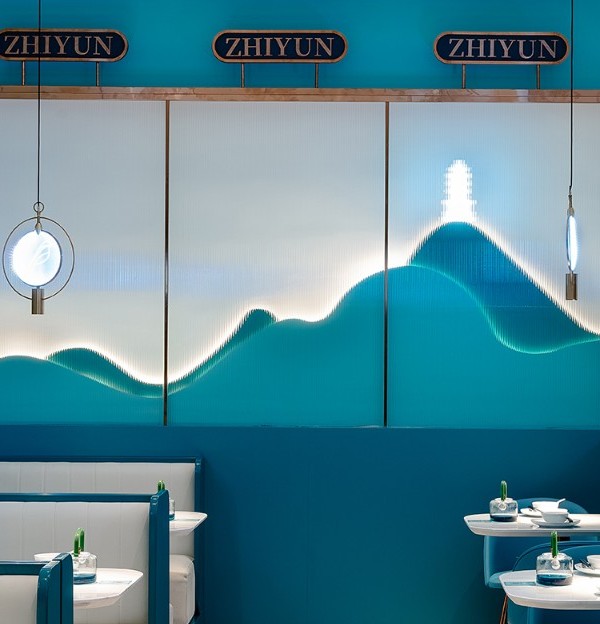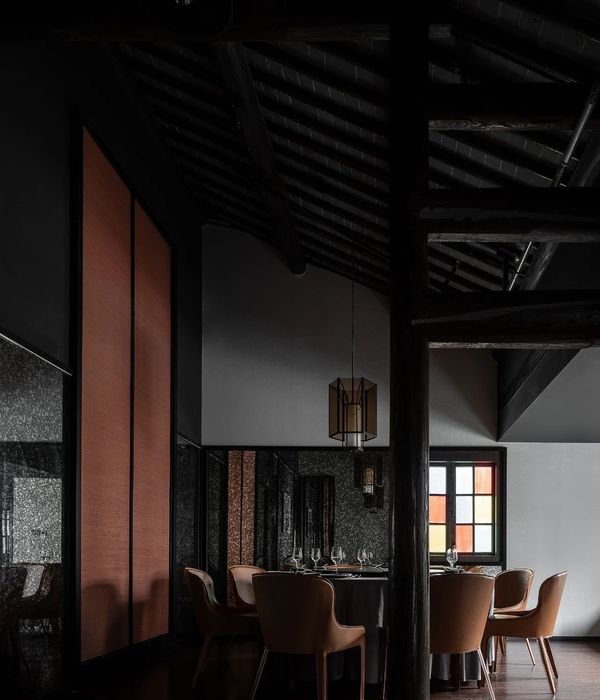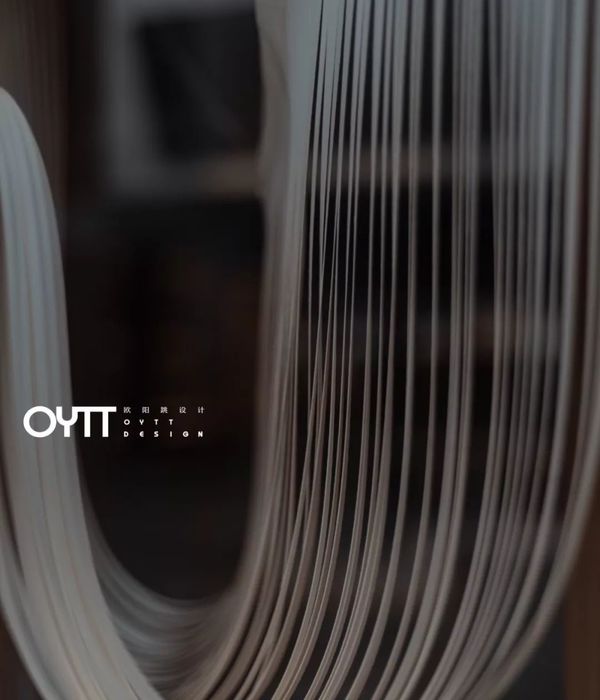The project site, which is located on the north side of the
Peace Memorial Park, is the former location of the Hiroshima Civic Stadium, a symbol of post-war restoration. Working with the joint venture selected through the Park–PFI (Park–Private Finance Initiative) program, we formulated a policy of turning the former ballpark site into a place to stimulate activity—a place that creates lively daily activities and stimulates people to go out by shaping an outdoor culture (Osoto Bunka) for enjoying outdoor activities while handing down the deeply marked history of the site to future generations.
Designed to form a three-ring skeleton consisting of an event plaza, a shop zone, and a green belt,
Gate Park has an event space at its center, a number of surrounding shops, and a green belt that forms a perimeter zone. The park is designed to remind people of the scale of the ballpark by tracing its outline and to hand down the memories of the ballpark by reproducing memorabilia such as the home plate at its original location and using grandstand seating remnants as benches.
Adjoining the skeleton is a promenade that visually marks the Axis of Peace from the Peace Memorial Park. At the north end of the promenade is a cascaded hill provided with playground equipment, intended to form a landscape that helps children ensure world peace in the future of which the late architect Kenzo Tange used to dream. When drawing up architectural plans, it was necessary to make sure that none of the adjacent buildings would be visible when viewing the Atomic Bomb Dome from the Peace Memorial Park. There was also an initial cost constraint from the point of view of depreciation under the provisions of the Park–-PFI regulations because the buildings were supposed to be demolished 20 years after the commencement of construction work.
To solve these problems, we decided to go with separate low-story wooden structures as shop buildings. A total of eight shops were planned. Out of those buildings, five were designed to have a total floor area not exceeding 500 m
so as to avoid fire resistance restrictions within a quasi-fire prevention zone, and the remaining three buildings were designed to meet the (b)-1 quasi-fire resistance construction requirements under the Building Standards Act so that no part of their structural frames are burnable. These design details made it possible to realize cost-effective buildings that can be built only with commercially available materials and that can be demolished easily.
The shop exteriors were built with tree-shaped wood columns to form under-eave spaces that are harmonious with the park landscape, and the shop owners were encouraged to commercially utilize the outdoor space. A large roof was provided at the intersection of the shop group and the Axis of Peace in order that the roof can be used in close association with the shops. Ribbon-shaped benches were provided between the event plaza and the shops to achieve a gradual transition between the park and the commercial facilities.
{{item.text_origin}}

